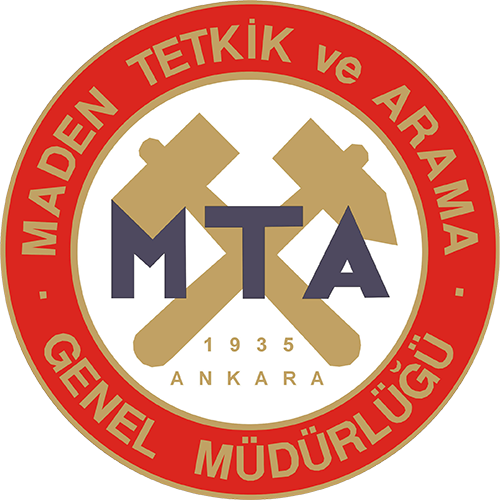Details
The importance of Confocal Raman Spectroscopy and mineral chemistry studies in the magma crystallization processes: Strandja Intrusives, NW Türkiye
Magma kristalleşme süreçlerinin belirlenmesinde Konfokal Raman Spektrokopisi ve mineral kimyası incelemelerinin önemi: Istranca İntrüzifleri, KB Türkiye
Authors
Ezgi ULUSOY, Yusuf Kağan KADIOĞLUKeywords
Amphibole, Strandja Intrusives, Confocal Raman Spectroscopy, Mineral Chemistry, GeothermobarometryAbstract
The Strandja Massif cropping out in NW Turkey is cut by Late Cretaceous intrusives. These are called Strandja Intrusives and they are felsic and mafic coeval intrusives. Felsic intrusives consist of granite, granodiorite, quartz monzonite and syenite, while mafic intrusives consist of diorite and gabbro composition. Main composition of felsic intrusives consists of quartz, alkali feldspar, plagioclase, biotite, amphibole ±pyroxene mineral association, while main composition of mafic ones consists of plagioclase, biotite, amphibole ±pyroxene ±olivine mineral association. Amphiboles hydrated double-chain mineral of the Strandja Intrusives observed in all rocks used as an index mineral in this study to understand the petrological evolution of the rocks. According to Confocal Raman Spectroscopy studies amphiboles were actinolite type and exhibited similar spectrum and results of mineral chemistry reveals that they were calcic/Mg-hornblende types. According to geothermobarometer calculations, amphiboles crystallize in felsic intrusives at a pressure range of 0.49-0.94 kbar and a temperature of 757.52-814.49oC temperature at a depth of approximately 1.34-4.93 km, while in mafic ones at 2.59 kbar pressure and 892.82oC temperature at 9.97 km depth. Different temperatures-depth conditions and overlaps in Raman shift obtained from amphiboles indicate that these intrusives are derived from different sources but crystallized in the same environment.
Click for .pdf Türkçe .pdf için tıklayınız
